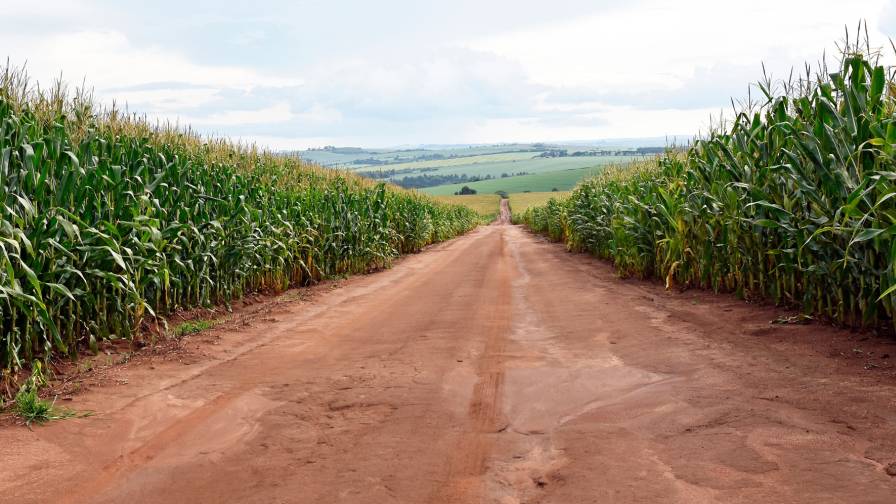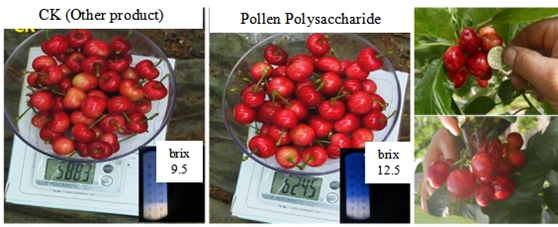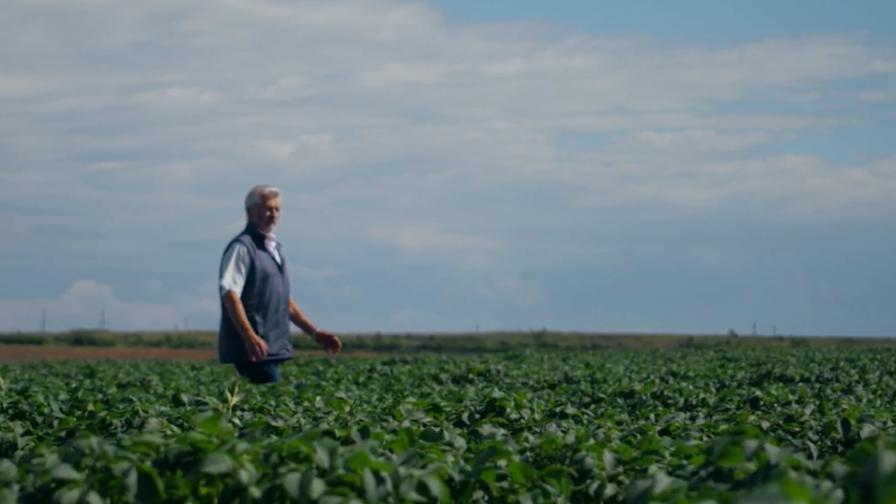Argentina Diversifies Farmland
Argentina’s producers expect production costs to increase and market prices to decrease for grains, prompting many to spread out their risk by planting a variety of crops this season. Grain and feed production this year fell slightly compared to last year due to the effects of a variety of weather conditions throughout the crop year, reports the US Department of Agriculture’s Foreign Agriculture Service (USDA-FAS). Wheat planting was affected by dryness during the planting season, forcing many producers to skip winter crops and move directly to summer crops. Maize and sorghum production was affected by late frosts in some areas and extreme heat during flowering in other areas.
As input and production costs continue to rise and commodity prices fall, producers are experimenting with intercropping wheat and soybeans or wheat and maize, particularly in southern Buenos Aires province. Preliminary results are interesting and the prospects for expanding this practice are good, especially in areas that are susceptible to early and late frosts. By planting soybeans over wheat in late November, many producers have been able to maintain wheat yields and obtain soybean yields similar to first crop. The alternative to intercropping is to plant soybeans after the wheat harvest in late December or early January, which can be risky in early frost areas.
Due to 2005/06’s higher than average yields, many producers exceeded their on-farm silage needs and adjusted this year’s maize planted areas down to reflect the oversupply. Even with the reduced planted areas, the current crop (2005/06) estimates were further complicated by variable weather and precipitation over short distances in the major growing area. Major dryness during the flowering stage severely affected the development of the 2005/06 maize crop, and over 20% of the planted area is rumored to have been lost to drought. Average yields of much of the surviving maize are also rumored to be 20% to 50% percent lower than last year. Additionally, in southeastern Buenos Aires province (including Tandil and Balcarce), a late frost on December 8, 2005 severely damaged maize planted in the lower areas. Much of that area had to be replanted either with maize or directly to soybeans.
Given the poor result of the current crop and the forecast of increased meat and dairy production, forecasts for the 2006/07 harvested area up slightly to 2.3 million metric tons (MMT). Production is forecast at 15.5 MMT.





